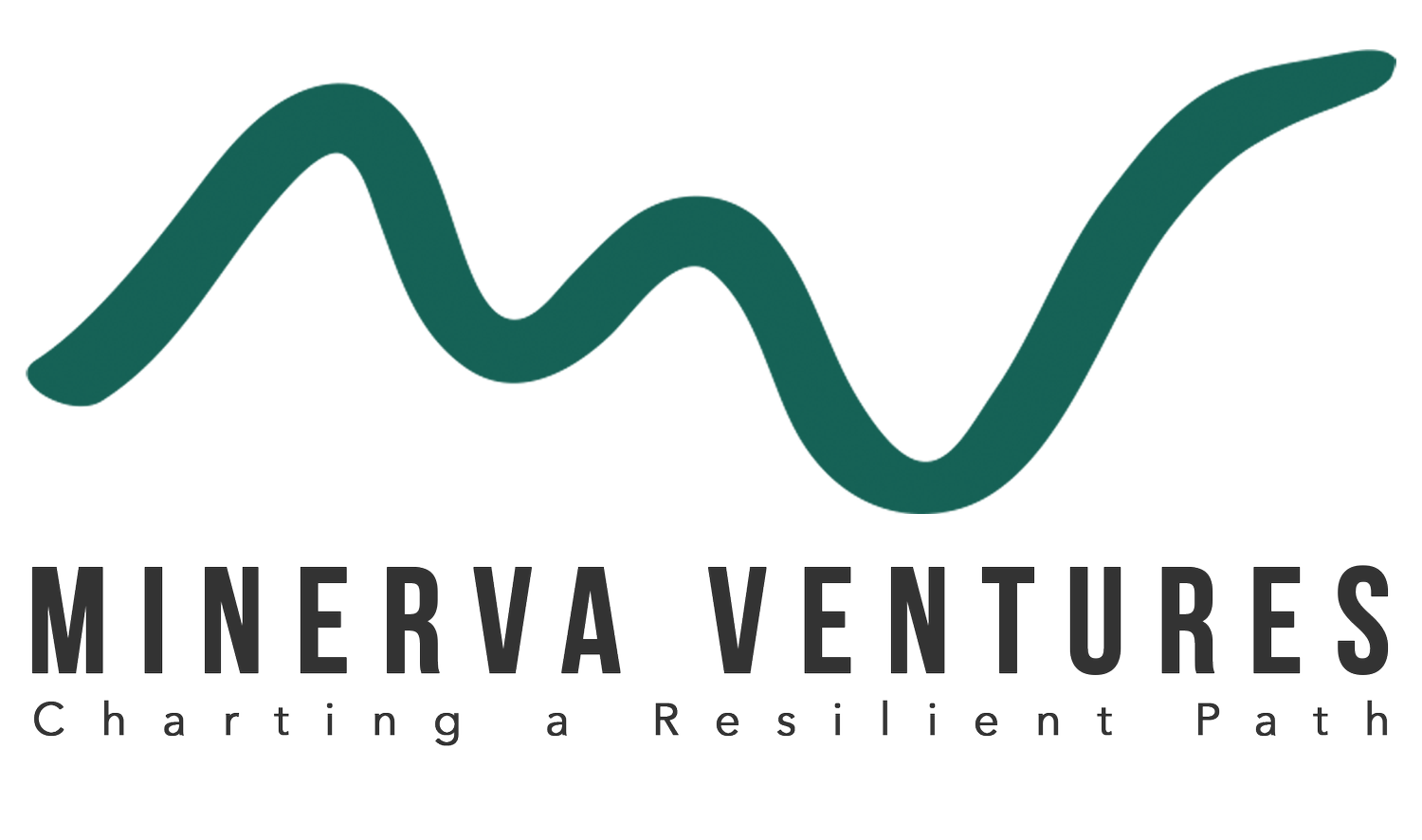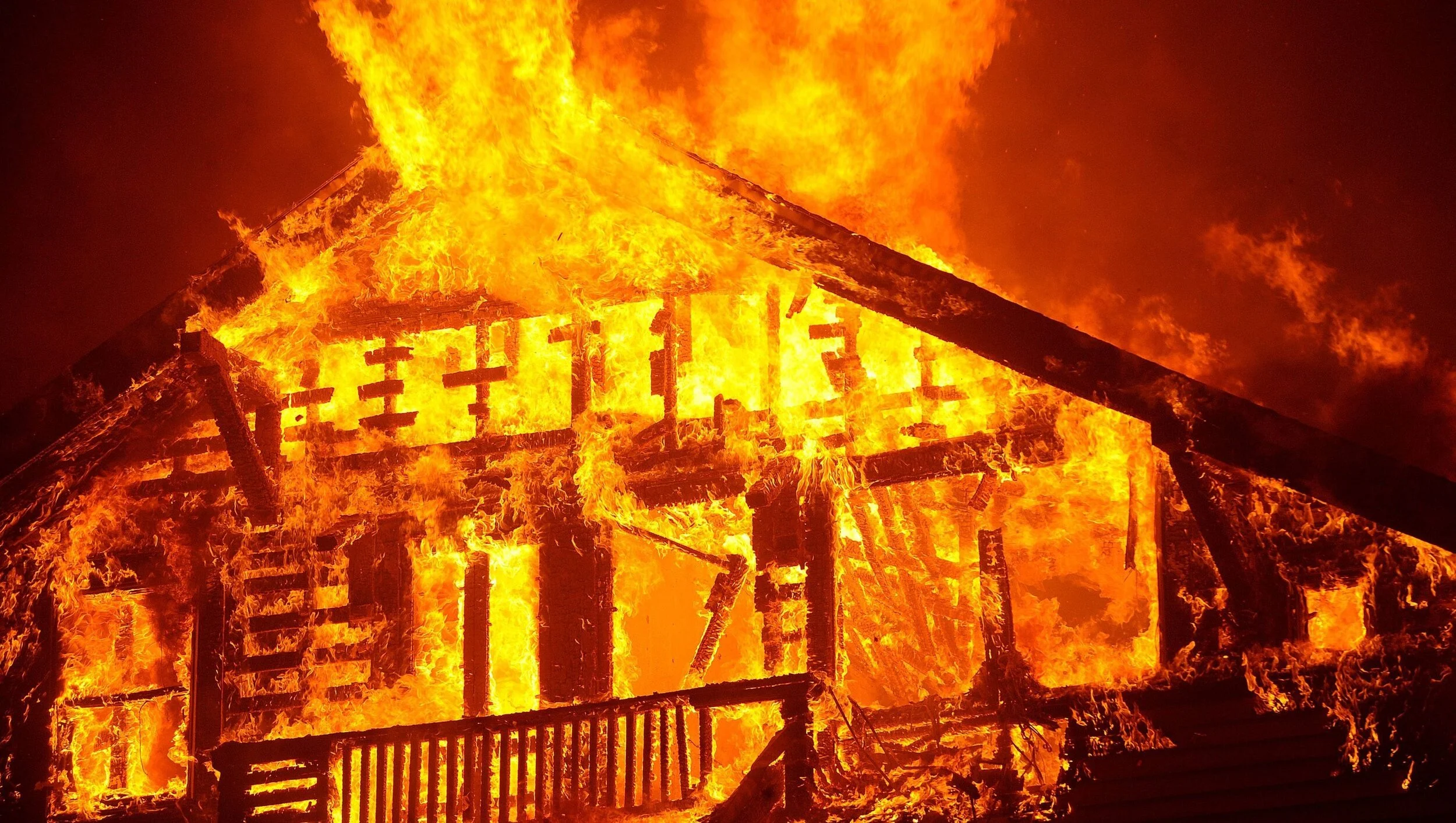What’s Next After the UN Congress of Parties in Madrid?
The house is on fire and we stand idly by, wringing our hands.
What Caused the Thomas Fire? USAToday March 13, 2019
UN Congress of Parties (COP) in Madrid ended without sufficient new commitments to meet the target of keeping warming to below 1.5 °C or even 2.0 °C. The Guardian provides a summary, stating that "Research published during the two weeks of talks showed that greenhouse gas emissions have risen 4% since the Paris accord was signed in 2015, and the world will need to cut carbon by more than 7% a year in the next decade to heed scientific advice." Cutting emissions alone is not enough to reverse the severe consequences already in the climate system.
Until we have strong national leadership from the U.S. President and Congress, what can each of us do? We can each take individual action, but that alone will not drive changes to our infrastructure, policies and to the economic power of the fossil fuel industry. We can continue to come together as companies, institutions, cities, counties, regions and states to wield collective economic and political power. We can set collective goals, directed by science, to reduce emissions and to drawdown carbon. At the same time, we need to prepare for and contend with destructive storms, droughts, fires, heat and other impacts from a disrupted climate system.
The good news is that action to address climate change can be done in a way that accomplishes multiple benefits with each measure. For example, we can retrofit old and build new housing and commercial buildings that support use of public transit, electric power for heating, cooling and transportation and use materials that sequester carbon and reduce the heat island effect. We can also design streets and buildings to absorb and hold stormwater, increase urban canopy and habitat, and produce food to enable regional resilience and community health. We can build structures to contend with rising sea levels that incorporate natural infrastructure, such as graduated wetlands, kelp forests and oyster reefs, while also sequestering carbon and producing valuable commodities. All of these actions can provide high quality, well-paying jobs for the work of planning, building and maintaining new infrastructure and systems.
Regenerative Design is a term to describe this approach to systems improvement that builds human capacity and the capacity of our urban, rural and wilderness resources, as well as creating financial returns, increasing knowledge, social equity and resilience. By taking wise action, we can create meaning and joy in the face of hopelessness and despair.
Autumn Leaves, California Photo by Marianna Grossman
TEST YOUR COMPANY, INSTITUTION OR COMMUNITY CLIMATE ACTION PLAN AGAINST THESE CRITERIA:
Categories of Actions Needed:
1) Stop Carbon Emissions (from fossil fuels, agriculture, fires, industry and other human action)
2) Draw Down (Sequester) Carbon using a combination of:
a. Natural Infrastructure, Soils, Forests
b. Biochar (transform organic waste into stored carbon)
c. Ocean cultivation (algae, kelp, oyster reefs, etc.)
d. Carbon absorbing building materials (calcium carbonate, etc.)
3) Climate Adaptation
a. Insurance and Preparedness: risk is no longer stationary
b. Heat (green roofs, urban canopy, lighter surfaces, etc.)
c. Physical and mental health
d. Sea level rise – wetlands, barriers, canals, water harvesting, etc.
e. Fire strategy to reduce frequency and severity of fires
f. Storm survival and recovery
4) Social Equity and Resilience
a. Design for people and relationships, not just straight engineering
b. Solutions include everyone
c. Vulnerable populations get resources
d. Build relationships for mutual aid and support
Enabling Principles:
1) New Governance Structures and Processes
a. Innovation for how to speed up planning and action without sacrificing environment and equity
b. Design policy and solutions for co-benefits (systems optimization vs. value engineering)
c. Include all voices, listen, and still act expeditiously
d. Use real-time measurement to assess scope of need, strategies for action, and evaluation of effectiveness to enable learning and improvement
2) Guidelines for all solutions will include principles of regeneration and relationship to the places where we live, even as those places are changing.
3) Scalability
a. Create models and frameworks for action that can be scaled in place
b. Enable adoption and scaling in other places
4) Public and Social Capital
a. Invest for multiple benefits, using blended capital stacks
b. Cultivate capacity of multiple capitals
i. Financial
ii. Human/knowledge/relationships
iii. Physical (buildings, equipment, machinery, infrastructure)
iv. Natural (soils, ecosystems, biodiversity)
v. Cultural (joy, celebration, expression, exchange of stories, ideas, knowledge)
vi. Governance (skillful, inclusive, expeditious deliberation and decision-making,
engaged citizens and effective leaders)
Half Moon Bay, California December Photo by Marianna Grossman




